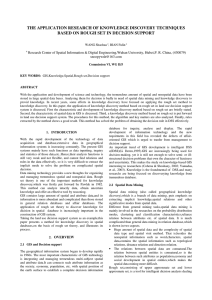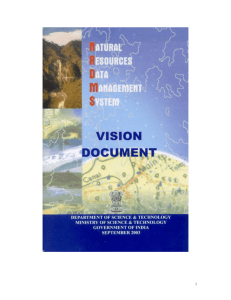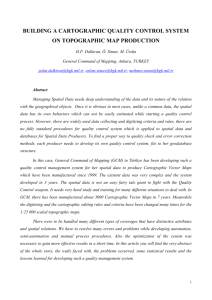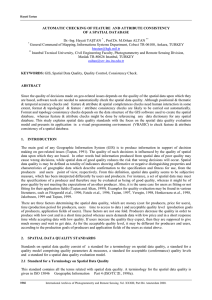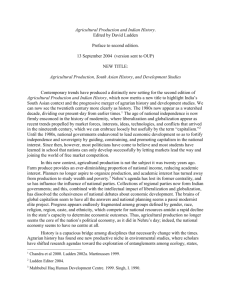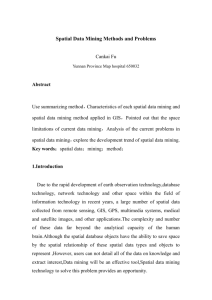Support Vector Machines (SVM) for Classification of Spatial Data
advertisement
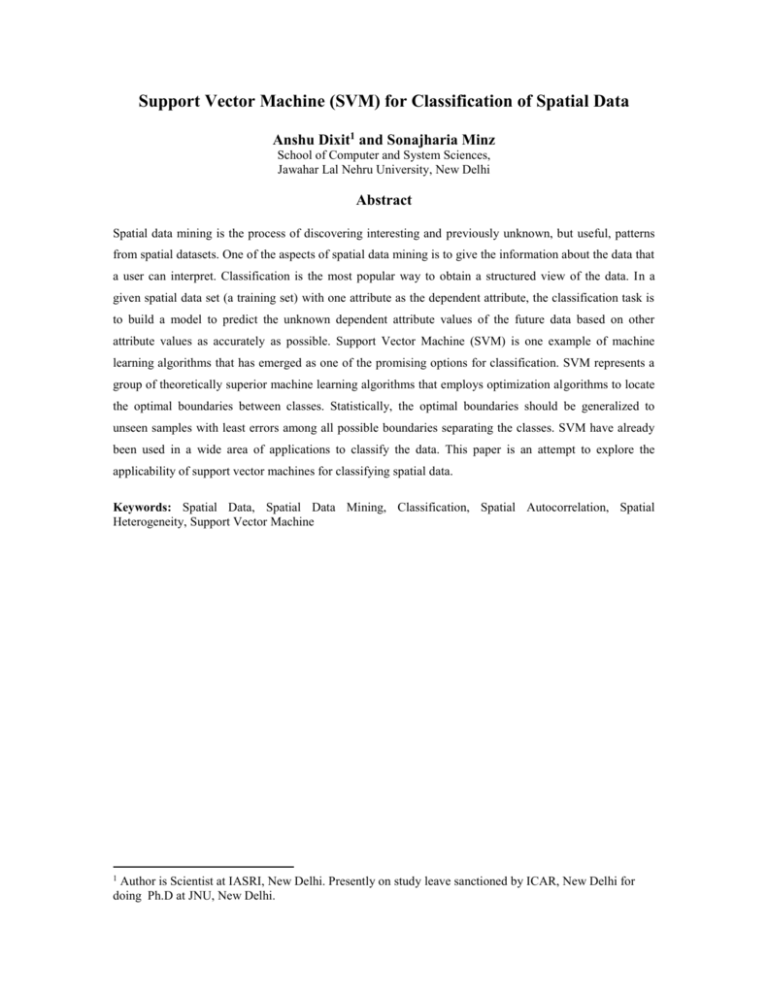
Support Vector Machine (SVM) for Classification of Spatial Data Anshu Dixit1 and Sonajharia Minz School of Computer and System Sciences, Jawahar Lal Nehru University, New Delhi Abstract Spatial data mining is the process of discovering interesting and previously unknown, but useful, patterns from spatial datasets. One of the aspects of spatial data mining is to give the information about the data that a user can interpret. Classification is the most popular way to obtain a structured view of the data. In a given spatial data set (a training set) with one attribute as the dependent attribute, the classification task is to build a model to predict the unknown dependent attribute values of the future data based on other attribute values as accurately as possible. Support Vector Machine (SVM) is one example of machine learning algorithms that has emerged as one of the promising options for classification. SVM represents a group of theoretically superior machine learning algorithms that employs optimization algorithms to locate the optimal boundaries between classes. Statistically, the optimal boundaries should be generalized to unseen samples with least errors among all possible boundaries separating the classes. SVM have already been used in a wide area of applications to classify the data. This paper is an attempt to explore the applicability of support vector machines for classifying spatial data. Keywords: Spatial Data, Spatial Data Mining, Classification, Spatial Autocorrelation, Spatial Heterogeneity, Support Vector Machine 1 Author is Scientist at IASRI, New Delhi. Presently on study leave sanctioned by ICAR, New Delhi for doing Ph.D at JNU, New Delhi.







